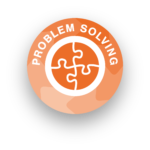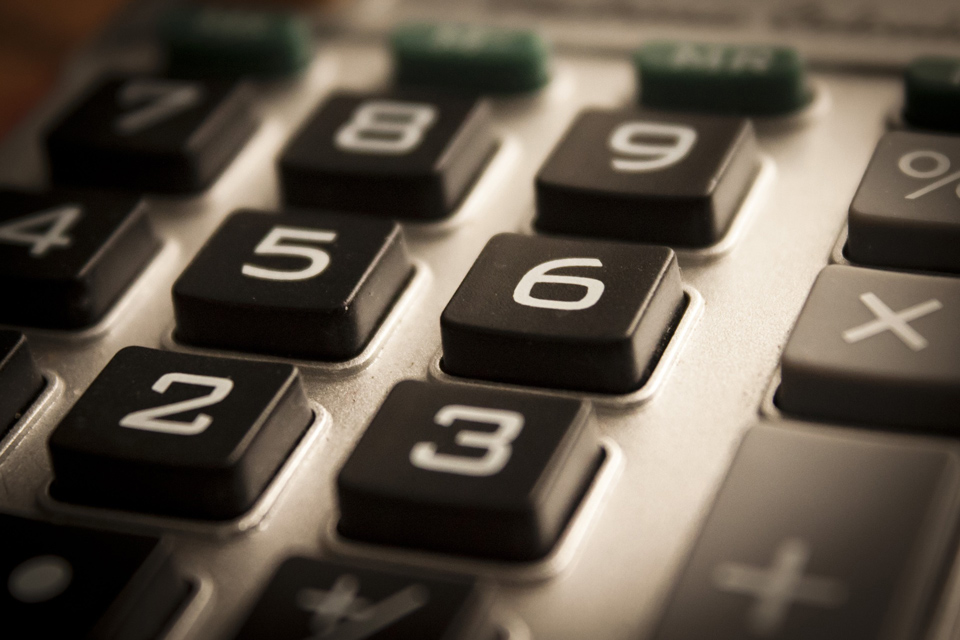A strong level of mathematical understanding can be typical of young children with high learning potential. Despite this summer’s scorching temperatures, your children may well not let up on the maths questioning stakes! These mathematical activities stretch young minds as well as giving families outdoor time together.
Nature’s Roman Number Chart
Roman numerals are excellent for showing children how maths can be presented in a different style. Put a twist on this chart by teaching your child the numerals after you’ve taken a nature walk together.
During your stroll (or pop into your garden): Gather natural materials such as an assortment of bark and different leaf types which can be glued on to a large piece of cardboard. Summer seasonal ideas include: lavender, rose petals, sprigs of herbs. Let your child sort all the objects into groups.
Using felt-tip pens, draw up a number chart together (the ruler offers some simple geometry practice). Instead of conventional numbers, write Roman numerals: I, II, IV, V and X for example.
Help your child glue on the correct number of items besides the numerals. The chart makes a lovely summer keepsake and is a great way to help them remember the numerals later.
Make it place value art: IV means 1 less than 5, but VI means 1 more than 5. If your child has some Lego bricks, they could try dipping them in a little pot of paint then stamping them on paper to form the numerals. Discuss how the Romans loved to decorate important buildings with them and look for Roman numerals on places like clock faces and television programme copyright dates.
Water Maths
Recycle a plastic milk bottle by turning it into a water gauge. Draw a vertical axis with a ruler and marker pen and write in numbers for water levels. For the confident young mathematician, you could use one litre and 500 millilitres marks. Can your child guess how much water the bottle can hold? Once they have mastered the numbers, try measuring water from other vessels (such as an egg cup or mug) into a kitchen measuring jug. Encourage them to estimate how many egg cups etc it would take to fill the jug. A funnel could be used to add a timed element, for predicting how long it will take water to run through. Try making a funnel from folded paper or pierce a hole in a plastic lid.
Super Summer Calculator
A calculator with large number keys is best for this. If your child doesn’t already know how a calculator works, teach them how to use the plus and minus keys and clear the sums. Now write some numbers on paper for your child to copy. Depending on how confident your child is, start with smaller double digits and see if they can replicate them on the calculator. Take the challenge higher and call out numbers. (This activity will particularly suit children with a high level of mathematical understanding.).
For a twist…pick numbers associated with the summer! For example: 31 (days in August), 3 (the number of stars that make up the Summer Triangle), 5 (hours of sunshine per day), and 440 (millilitres in a pack of Magnum ice creams)!
Do you remember making words on a calculator screen? Ask your child to type in 5338 (bees), 5663 (eggs), or 577345 (shells), turn the calculator 180 degrees and then see if they can spot the words. Maybe they could find some of their own?
Not So Simple Shells
A memory game which gets your child naturally identifying numbers. If you visit a beach, collect a dozen or more shells while you’re there. Then later, at home, find a tray and lay the shells out on it. Using a marker pen, write a number on the inside of a shell, and the same number inside another to form its matching pair. Repeat with different numbers until they’re all done.
Randomly arrange the shells face down. Ask your child to turn over a shell and leave it face up, then another. If they match, leave them facing up, but if not then turn them down again.
For an extra challenge, speed up the game and beat the clock. Or get your child to lay out the shells and challenge you!
Timetable Teasers
A good one for travelling and helping your child to see the relationship of numbers to practical life, if they’re already aware of the 24-hour clock. Pre-schoolers with high learning potential can have unusually strong concentration skills and a timetable will challenge them.
Obtain a rail or bus timetable, show it to your child and then ask questions. For example:
What time does the train arrive at…?
How many stations does the 09.30 from Bristol Parkway stop at?
What time does the 11.42 from Bath arrive at X?
Enjoy these playful ideas to make more advanced pre-school maths fun!







